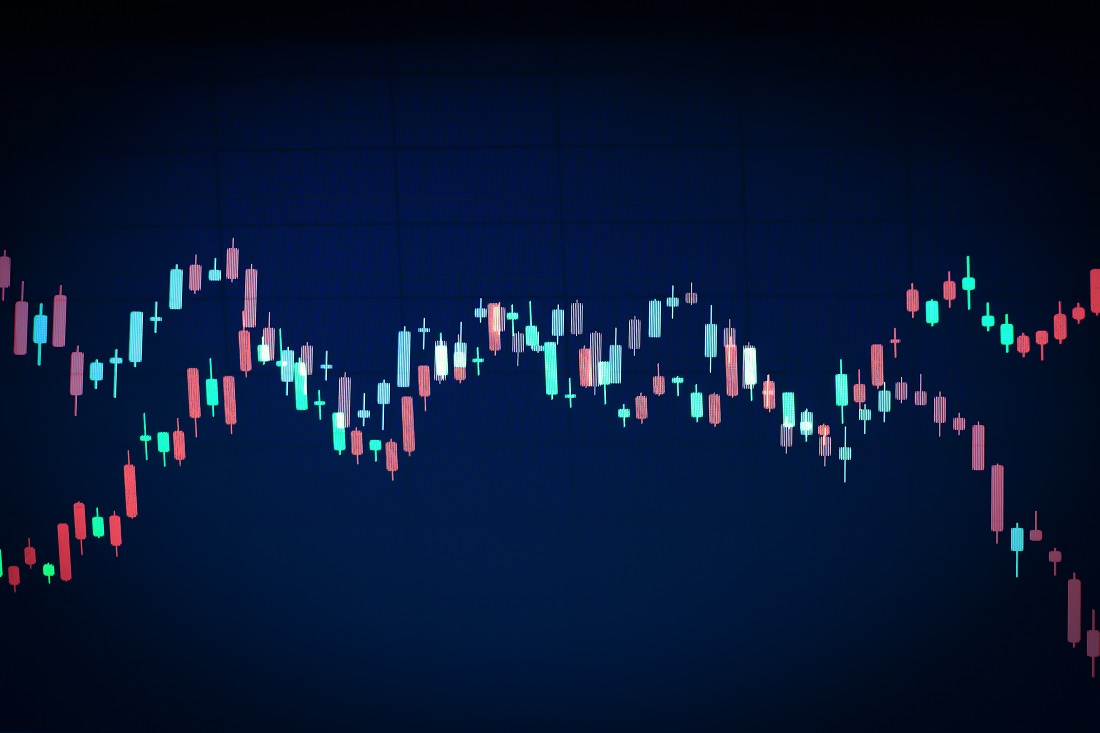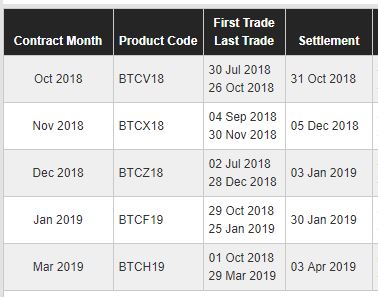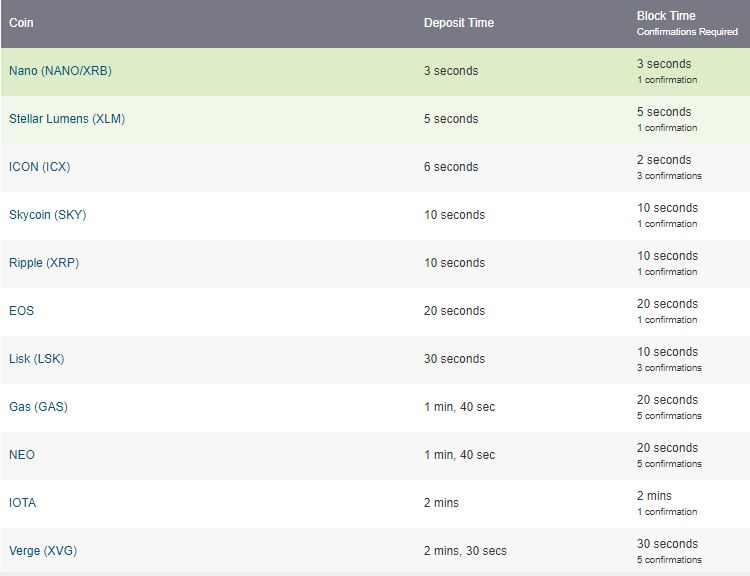2018-11-1 04:52 |
When it comes to deciding their next move during crypto trading, most investors rely on the technical analysis provided by various websites. This helps them analyze asset's security, intrinsic value, and even its potential. The analysts study different charts in order to find patterns and potential indicators in coins' behavior. That way, they gain insight into coin's overall performance and find opportunities to make a profit.
While there are several tools that are used for making such deductions, the most common one is Moving averages, together with Bollinger bands, Relative strength index, MACD, and alike.
Of course, all of this has small value if the individual doing the analysis lacks at least basic knowledge of finances and how they work. In addition, since every trader is an individual person, everyone trades and interprets the results in different ways. While there are many trading styles, the most popular ones include swing trading, scalp trading, position trading, and day trading.
However, when it comes to technical analysis tools, the most popular by far is also the oldest one — Moving average.
What Are Moving Averages And How Do They Work?Moving average serves as an indicator that analyzes different kinds of past and current data regarding cryptocurrencies. The type of data that is the most valuable to traders is the price. The tool sums up and averages the situation over different periods of time, and shows the mean values. This is called “moving”.
As time progresses, the oldest values are being dropped and replaced by new ones. That way, traders can always gain fresh insight into the current situation. This process is called “smoothing”. As a result, the current trend is clear, and values above and below average are highlighted for the traders' convenience.
Considering that they can only take into account events that have already transpired, Moving averages are considered trend following indicators. Other indicators, such as MACD, or Percentage Price Oscillator, often use them as a base for calculating their own results.
Types Of Moving AveragesThere are several types of Moving Averages, with the most basic one being called Simple Moving average. This type is also most commonly used. This type is defined as the unweighted mean of data (sum of values divided by their number) over a certain number of time periods. After a new value is entered, the oldest one is dropped, and a new calculation takes place.
The second type is called Exponential Moving Average, and this one uses more complex calculation. It applies additional weight to the newest data in a value set, and this is followed by computing the average out of all the data that was analyzed up to that point. In other words, it doesn't exclude earlier entries like Simple Moving Average does.
Finally, there is Weighted Moving Average, which is an indicator which highlights the recent price entries in order to make sure that they have a larger impact than the entries that were previously made. The weight of each entry gets decreased as the arithmetical progression takes place. As a result, there is a fixed difference between the data points.
How To Interpret Moving Averages?In order to properly interpret Moving Averages, there are four tips that we can share:
Consider the length of the used periods. Moving Averages are always a step behind, which means that the newest signals are typically delayed, and the lag grows larger with the length of the moving average. To calculate moving averages, you need monthly prices, weekly prices, opening prices, and even intraday prices in addition to closing prices. The chance of a false signal grows larger with the higher price volatility. origin »Emerald Crypto (EMD) на Currencies.ru
|
|
























